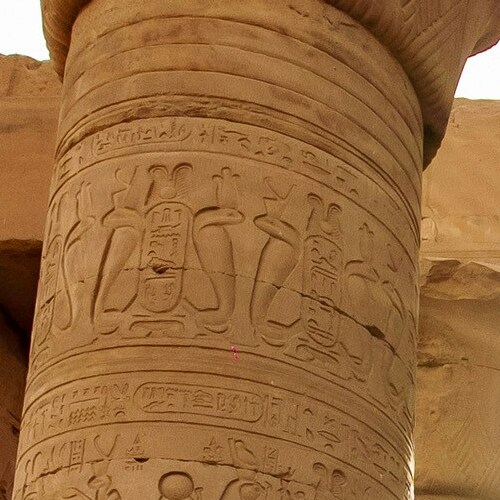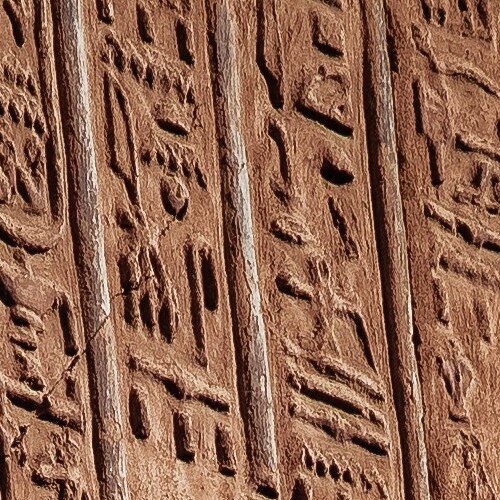Ancient Thebes – City of the Gods
In ancient times, Luxor was known as Waset—later called Thebes by the Greeks. It was the spiritual heart of Egypt, home to the grand temples of Karnak and Luxor, and a gateway to the Valley of the Kings. The city was dedicated primarily to the god Amun-Ra, the chief deity of the New Kingdom, whose influence shaped its identity as a sacred and majestic capital.
Royal Legacy
From the 16th to the 11th century BCE, Thebes was the seat of powerful pharaohs like Hatshepsut, Thutmose III, and Ramses II. Their stories, carved in stone, are still told in the sprawling necropolises and temple walls that make Luxor a paradise for history lovers.
UNESCO World Heritage Status
Recognized for its unparalleled cultural importance, Luxor is part of the UNESCO World Heritage Site known as the Ancient Thebes with its Necropolis, underscoring its timeless value and significance.



